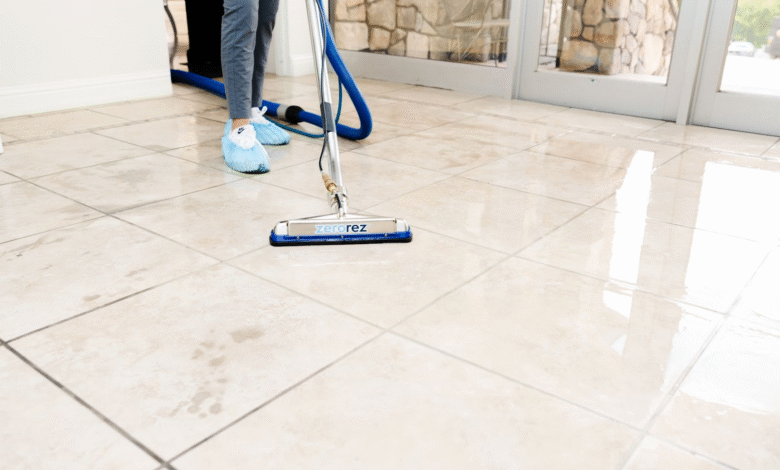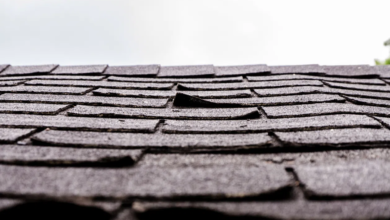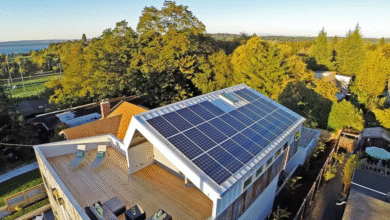How to Keep Your Tile Floors Safe and Non-Slippery During Humid August Days

By Andrey Zhilin, Cleaning Service
In Florida, tile is the flooring of choice — and for good reason. It’s cool underfoot, easy to clean, and stands up well to sand, water, and pets. But there’s a hidden risk many homeowners don’t anticipate, especially in August: slippery tile floors caused by excess humidity.
Over the years, I’ve dealt with dozens of calls related to tile-related slips — particularly in beach homes, condos, and older houses without strong airflow. Some of these accidents happened in places people never considered risky: kitchens, laundry rooms, covered patios.
Let’s break down why this happens — and what you can do about it.
What Makes Tile Slippery in August?
The short answer: moisture and condensation.
Florida’s August climate is both hot and humid. That’s a bad combo for tiles, which are non-porous and tend to attract moisture from the air.
Three key triggers:
- Condensation from cold A/C meeting warm humid air
- Misting from daily showers lingering longer than usual
- Sand and residue combining with moisture to create a slick film
If you’re using certain types of cleaners or waxes on your floors, that can actually make the surface worse — trapping moisture and creating an invisible glaze.
Where Are the Risk Zones?
From experience, the most common danger spots for slips in August include:
- Kitchen floors, especially near the fridge or sink
- Bathrooms, where humidity lingers in corners and grout lines
- Hallways near entrances — wet shoes and paws don’t help
- Laundry rooms with poorly vented dryers
- Covered lanais or patios, particularly with glossy ceramic finishes
In most homes, these areas are rarely wiped down daily, and during August, that’s when the risks peak.
What You Should Do (and Avoid)
1. Skip the shiny cleaners.
Many all-purpose cleaners marketed as “shine-boosting” leave behind residue. Instead, opt for neutral pH floor solutions with no film.
2. Increase ventilation.
Even small changes like running ceiling fans or cracking a window while mopping can reduce floor drying time by half.
3. Add grip underfoot.
Non-slip mats, especially near entrances and in bathrooms, can significantly reduce accidents. Look for low-profile, washable ones that won’t trap moisture underneath.
4. Try a microfiber mop — not a sponge.
Sponge mops can spread residue. Microfiber lifts and traps better and dries faster.
5. Dry mop during peak humidity.
In August, I recommend dry mopping tile surfaces at least once per day, especially in homes with A/C running full-time. This prevents condensation buildup that leads to that glassy surface.
6. Don’t forget outdoor tile.
Covered patios may seem dry, but morning dew and afternoon humidity can leave a slick film. Hose off, scrub with a stiff brush, and let it air dry in direct sunlight.
Most homeowners don’t notice the danger until someone slips — or a guest mentions the “greasy” feeling underfoot. But tile is meant to serve you, not threaten you.
If you take a few preventive measures in August, you’ll avoid injuries and keep your home comfortable and confident for family and visitors.
And if it’s been a while since your tile got a professional deep clean? It may be time. Sometimes, the slickness isn’t water — it’s months of buildup reacting with the humidity.




